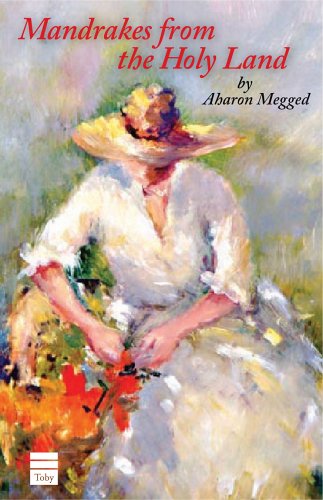Mandrakes from the Holy Land
In 1906, Beatrice Campbell-Bennett, a young Englishwoman on the fringes of the Bloomsbury Group, travels to Palestine to paint the flowers of the Holy Land. Through her letters and diary, Beatrice reveals her extreme religious convictions and identity, which conflict with her repressed lesbian feelings for fellow painter Vanessa Bell (sister of Virginia Woolf). Vanessa’s correspondence with Dr. Morrison serves as the framing device as the story opens: both are concerned about Beatrice’s apparent hysterical breakdown while on her travels, and Beatrice is now under his care. Dr. Morrison’s annotations appear alongside Beatrice’s account of her experiences on her journey, casting doubt on the credibility of her narrative and dismissing much of her account as the hallucinations of a hysterical mind. The doctor’s selectivity regarding what he chooses to believe and what to doubt is surely intended to underscore his pompousness, though his character is not sufficiently developed to explain this.
Megged loads every page with detailed descriptions of landscape and surroundings, as befitting a painter’s perspective; what seems less believable is Beatrice’s apparently calm, detailed recollection of recent trauma, described in almost journalistic fashion. While intended to be a tragic heroine, Beatrice’s life seems almost a farce of mishap and error. Both the story and Beatrice’s own language are heavy with Biblical parallels, which are laid out a bit too obviously at the end. Megged is very good at recreating the sight, sounds and smells of the setting and time, and these may make up for a story and protagonist that are interesting at the moment but ultimately just a bit dissatisfying.










